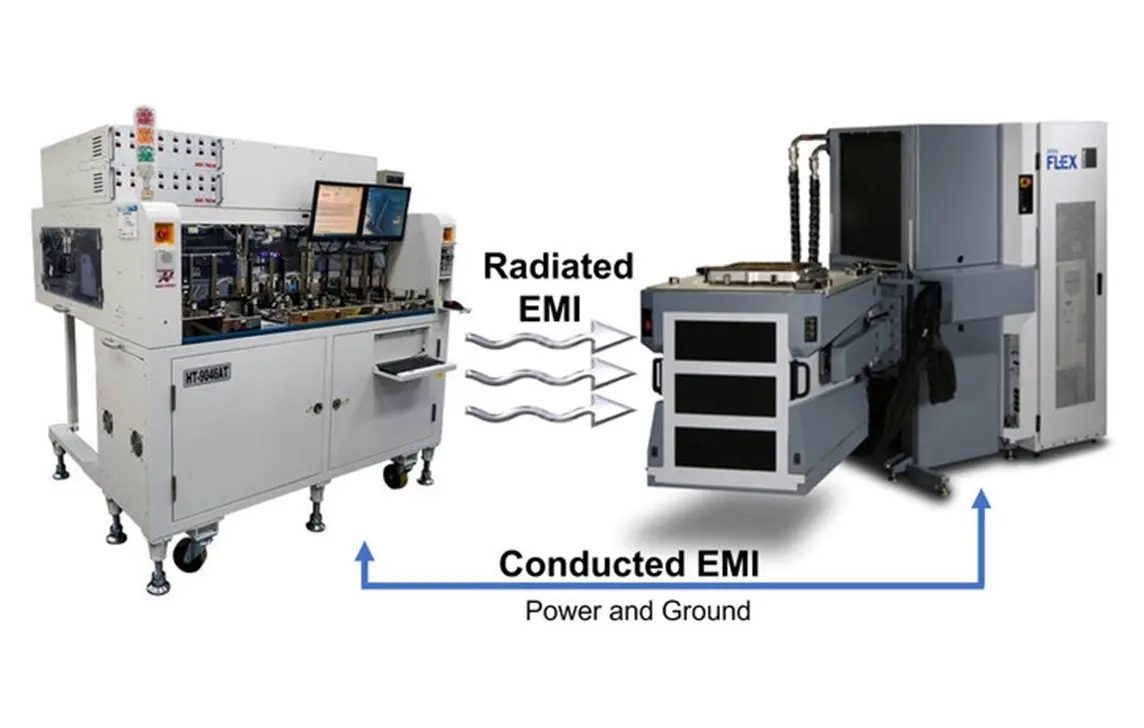|
Radiated EMI inhabits higher frequencies - from tens of MHz to GHz. It mostly affects wireless communication and semiconductor and product test, as well as metrology in R&D and in medical field. Although in close proximity it can be quite strong, it still doesn't have enough energy to cause device damage due to electrical overstress. Plus, of course, its strength rapidly diminishes with the distance.
Conducted EMI has meaningful spectrum up to ~1MHz (of course it has higher-frequency components too, but their amplitude is relatively small). The danger of conducted emission is that is carried for much longer distances than the radiated one while maintaining its strength, and it has plenty of energy to wreck havoc in operation of equipment, in measurements, and even cause device damage. If one is to put most of resources on suppression of EMI, focusing on conducted emission is a wiser choice. OnFILTER focuses on protection from conducted EMI.
|

